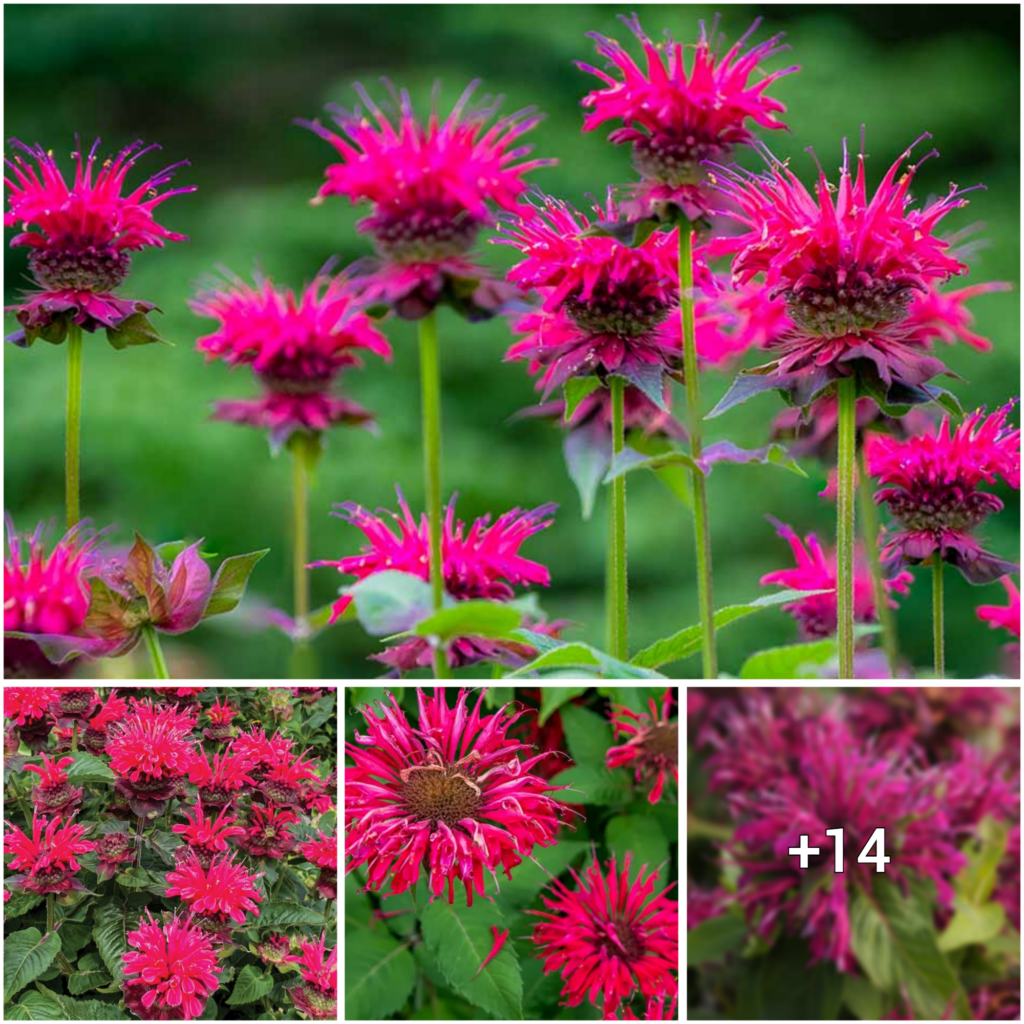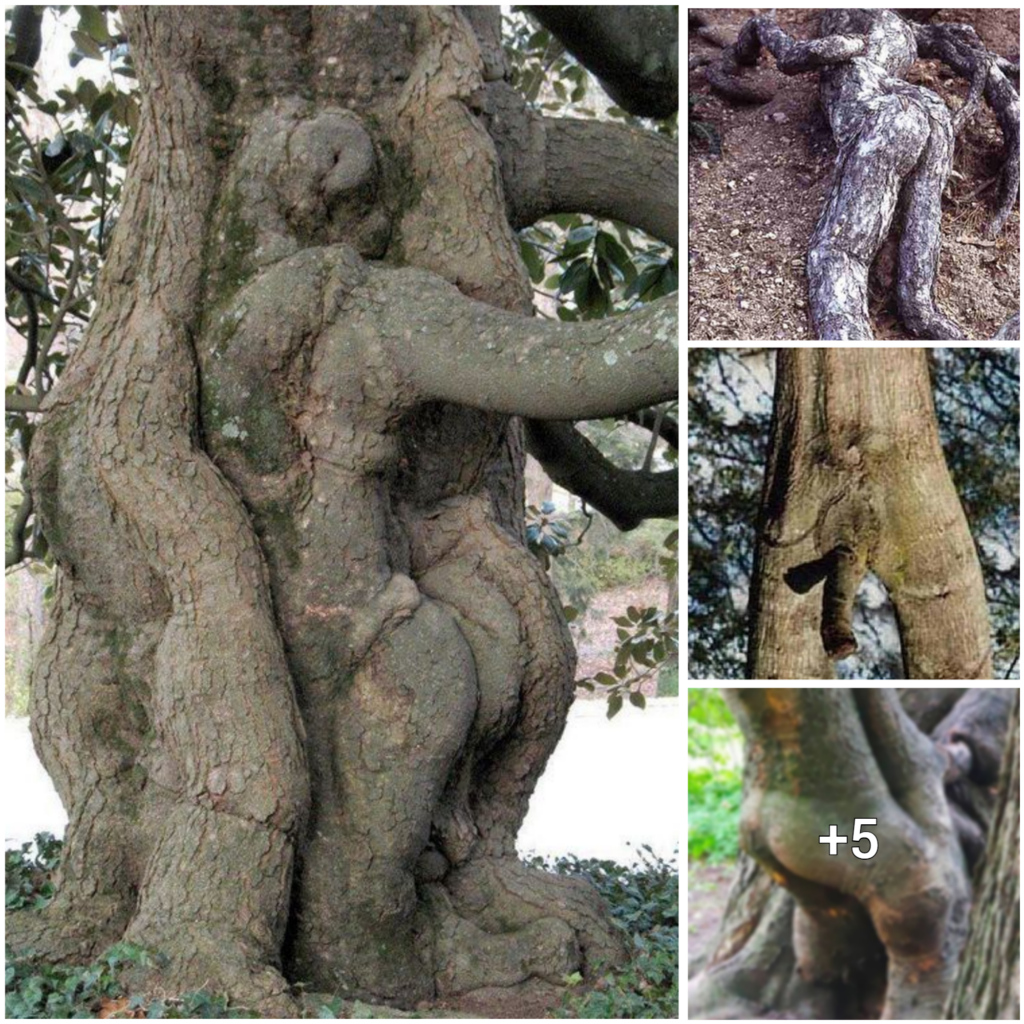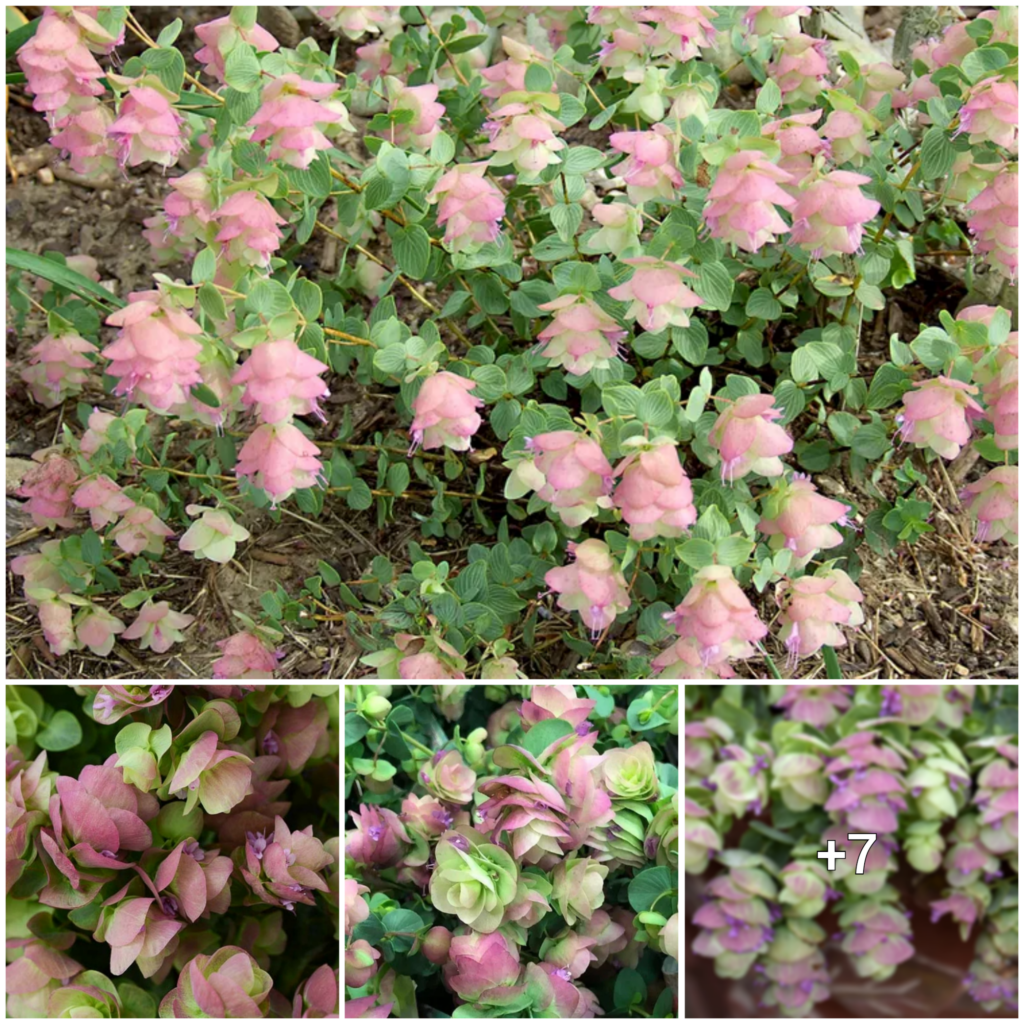Julie Thompson-Adolf, an accomplished Master Gardener and author, boasts more than three decades of expertise in all things related to year-round organic gardening. Her knowledge spans from seed starting and growing heirlooms to sustainable farming practices.
:max_bytes(150000):strip_icc():format(webp)/helenium-flowers-1316035-05-2a866c4ddd8349b99931bb49db9fb797.jpg)
Sneezeweed, or Helenium autumnale, is a native plant to the US and southern Canada that grows in damp meadows and woodlands. While the original flower was a simple yellow daisy-like variety, modern helenium plant varieties now come in varying shades of gold, orange, red, and brown. These flowers attract butterflies during late summer and fall. The plant has lance-shaped foliage with stiff, upright stems, and some taller cultivars may require staking. When planted in early spring, helenium plants can grow quickly to a mature size of 2 to 5 feet tall and spread to 24 inches wide. They thrive in moist, well-draining soil with a pH level between 5.5 to 7.0 and prefer full sun exposure. Heleniums are a popular choice for cottage gardens and wildflower gardens and can be paired with other moisture-loving ornamentals for the best effect. Additionally, they make excellent cut flowers that can be used to create seasonal bouquets with sunflowers, asters, or sedum. These plants are also resistant to deer browsing, so they are a good fit for naturalized areas that need to accommodate wildlife.
:max_bytes(150000):strip_icc():format(webp)/helenium-flowers-1316035-03-60211ba3e6a94bd4bab08e1c7fdc2a2a.jpg)
Rewritten:
Adrienne Legault from The Spruce captured an excellent piece of writing that is worth reading. It is important to produce original content to avoid plagiarism, so I have decided to rephrase the content.
:max_bytes(150000):strip_icc():format(webp)/helenium-flowers-1316035-06-da70188fb1a24301ae45d8ada9de44af.jpg)
:max_bytes(150000):strip_icc():format(webp)/helenium-flowers-1316035-08-8cee73a5b58045e09028e43a130f637d.jpg)
To keep Helenium flowers healthy and thriving, there are a few key factors to consider. Firstly, they need plenty of sunlight – at least six hours a day. However, some shade in the afternoon is okay, particularly if your soil is on the dry side. Speaking of soil, Helenium plants prefer their soil to be slightly acidic, with a pH range of 5.5 to 7.0. They also like moist conditions but don’t plant them in a boggy area. If you have a low-lying area or somewhere where rainwater naturally collects, this may be an ideal spot for your Heleniums. Good drainage is still important though, although these plants can tolerate clay soils. In terms of watering, Heleniums aren’t as drought-resistant as some similar flowers, so they like moderate to heavy moisture. Adding a layer of organic mulch will help conserve moisture and maintain the acidity of the soil. Heleniums can handle humidity and hot summers, but proper spacing is necessary to avoid fungal diseases. Finally, Heleniums don’t require much fertilizer – just one application of a balanced flower fertilizer in the spring should be sufficient. Over-fertilizing can lead to lanky growth, but pinching back the plants in the spring can encourage shorter, sturdier growth and more branching.
:max_bytes(150000):strip_icc():format(webp)/GettyImages-609436881-2245d8b7e9a94ecb86004d18156ed01e.jpg)
The Blanket Flower, also known as Helenium, is a perennial that is often overlooked but has a surprising number of cultivars with variations in flower form, height, and color. In fact, a gardener can dedicate an entire plot to growing different types of Helenium. Some of the most interesting selections for your garden include ‘Adios’ which has purplish-brown prominent cones and downturned petals, ‘Beatrice’ which has upward yellow petals and a yellow and brown cone, ‘Butterpat’ which boasts pure yellow flowers from petals to cone, ‘El Dorado’ which has a large brown cone accompanied by a petticoat of lemon-yellow petals, ‘Red-Haired Katy’ which appears to shift from crimson to copper depending on the lighting, and ‘Waldtraut’ which has a long blooming time and orange petals flecked with gold.
:max_bytes(150000):strip_icc():format(webp)/helenium-flowers-1316035-12-ee147f32df1d46568e0ec29b10b911c0.jpg)
To ensure that your Helenium plants bloom again, it is recommended to deadhead the spent flowers. After blooming, cut the flower stalks down to the foliage. To maintain the plant’s vigor, divide them in the spring or fall every three to five years. Helenium can be propagated from seeds or cuttings. For cuttings, take a healthy plant and cut below a node on a soft, green stem (4-6 inches long). Remove the bottom leaves, dip the stem in water and rooting hormone (optional), and plant it in soilless potting mix. Transplant it after three weeks. To grow Helenium from seeds, sprinkle them on moist ground without covering them. They require light to germinate and will sprout in about two weeks. For overwintering, spread hay or mulch (6 inches) over the bed after the first frost and remove it in the spring. To encourage Helenium to bloom, provide adequate sunlight and moisture and deadhead the spent flowers.
:max_bytes(150000):strip_icc():format(webp)/GettyImages-1124546090-a0145b1d51bb4a508bf119713ec57ca5.jpg)
Helenium, also known as sneezeweed, is a tough plant that can withstand many challenges, including diseases. However, if these plants are overcrowded, particularly in shady locations, they may develop powdery mildew or leaf spot.




